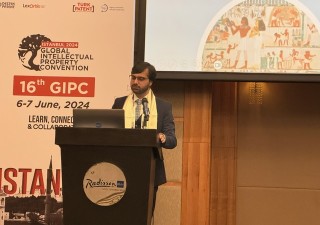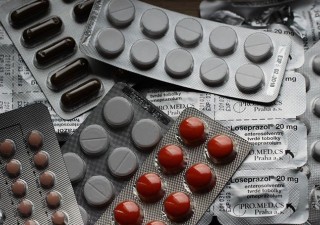Up to 40% of Anti-malarial Drugs Poor Quality or Fake
23 August 2012

Poor quality antimalarial drugs lead to drug resistance and inadequate treatment that pose an urgent threat to vulnerable populations, according to a National Institutes of Health study published May 22 in The Lancet Infectious Diseases Journal. Emergence of malaria strains that are resistant to artemisinin drugs on the Thailand-Cambodia border make it imperative to improve the drug supply, stressed the authors.
“Poor quality antimalarial drugs are very likely to jeopardize the unprecedented progress and investments in control and elimination of malaria made in the past decade,” according to Joel Breman, a co-author on the paper. Breman is senior scientist emeritus at NIH’s Fogarty International Center, which funded the study.
By studying survey data of the malaria drugs available across Southeast Asia and sub-Saharan Africa, researchers found that from 20 to 42% are either poor quality or fake. Poor quality samples were classified as falsified, substandard or degraded. Falsified drugs were fraudulently manufactured with fake packaging and usually no or wrong active ingredient. Substandard products were poorly manufactured with inadequate or too much active ingredient. Degraded supplies are good quality drugs that were compromised by poor storage.
Multicountry surveys from seven Southeast Asian countries included data on 1,437 samples of malaria drugs, which showed about one third failed chemical analysis, nearly half were not correctly packaged and 36 percent were fakes. Similar surveys from 21 countries in sub-Saharan Africa provided data on 2,634 malaria drug samples. Of these, more than one third failed on the basis of chemical analysis and about 20 percent were found to be fakes. Only Burkina Faso provided data on packaging analysis, with about a 35% failure rate.
In regions where malaria is prevalent, antimalarial drugs are widely distributed and self-prescribed, incorrectly or correctly. The study found there are insufficient facilities to monitor the quality of antimalarial drugs and poor consumer and healthworker knowledge about the therapies. In addition, there is a lack of regulatory oversight of manufacturing and little punitive action for counterfeiters, the paper’s authors contend.
No reliable global estimates are available on the extent of poor-quality antimalarial drugs because there are no internationally accepted definitions of different types of inadequate drugs, no standard testing protocols or drug content requirements; and no recognized international forum to provide technical and scientific oversight, the study reported.
Artemisinin derivatives are the most effective drugs against malaria, which is why scientists are so concerned at reports from western Cambodia that there are signs of resistance or tolerance to them. Modeling analyses suggest under dosing of patients, through poor quality or fake drugs, can play an important part in the spread of drug resistance.
“These findings are a wakeup call demanding a series of interventions to better define and eliminate both criminal production and poor manufacturing of antimalarial drugs,” Breman said.






